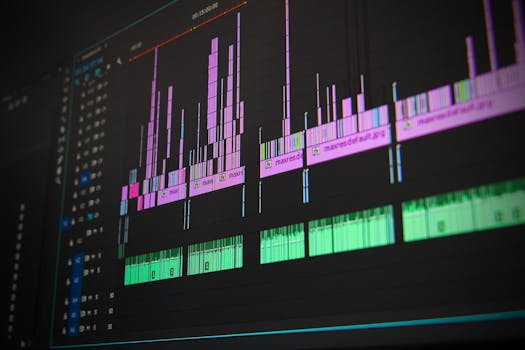What is frequency of breaks?

What is frequency of breaks?
When it comes to productivity, the frequency of breaks can play a crucial role in how effectively we work or study. Taking breaks isn’t just about stepping away from your desk; it’s a science. Understanding how often to take breaks can enhance not only your productivity but also your overall well-being. Let’s explore the concept of break frequency and why it matters.
Understanding Breaks and Their Impact on Productivity
Breaks are essential for both mental and physical health. Just like our bodies need rest to recover from physical exertion, our minds require downtime to function at their best. When we push ourselves without breaks, we risk burnout, reduced focus, and decreased performance. By integrating regular breaks into our routines, we allow our brains to recharge and rejuvenate.
Recent studies have shown that taking breaks can significantly improve overall productivity. For instance, a systematic review found that even short breaks can prevent fatigue and enhance cognitive functions. The importance of taking breaks is backed by research showing they help maintain performance throughout the day.
The Science Behind Breaks
Research demonstrates that breaks are not just moments of idleness but essential tools in enhancing focus and reducing fatigue. According to a study published in the Harvard Business Review, breaks can recharge our mental batteries, allowing us to return to our tasks with renewed energy and clarity. Another study suggests that micro-breaks, even for one minute, can make a significant difference in performance levels.
Types of Breaks
Breaks can be categorized into three main types: short breaks, long breaks, and micro-breaks. Each type serves a unique purpose.
-
Short Breaks: These last anywhere from 5 to 15 minutes. They’re great for grabbing a snack, stretching, or simply stepping outside for fresh air.
-
Long Breaks: Typically lasting 30 minutes to an hour, these breaks allow for more substantial rest and relaxation, making them perfect for lunch or a brief walk.
-
Micro-Breaks: These are brief pauses, usually lasting less than five minutes, ideally suited for quick stretches or deep breathing exercises.
Understanding these types can help you tailor your break strategy for maximum effectiveness.
Determining the Frequency of Breaks
Deciding how often to take breaks depends on various factors, including the tasks you are performing and your personal needs. Here are some tips for finding a break frequency that works for you.
Time Management Techniques
One effective method is the Pomodoro Technique. This technique involves working in focused bursts of 25 minutes followed by a 5-minute break. After completing four cycles, you take a longer break of 15-30 minutes. This structured approach helps maintain concentration and prevents fatigue.
Listening to Your Body
Self-awareness is crucial in determining when to take breaks. Pay attention to your body’s signals—if you start feeling tired, distracted, or overly stressed, it’s a clear indication that it’s time for a pause. Taking breaks when you need them can significantly improve your productivity and mental health.
Best Practices for Taking Breaks
Taking breaks effectively requires planning and strategy. Here are some best practices to consider.
Activities to Engage During Breaks
Use your break time to engage in activities that help you relax or recharge. Here are some suggestions:
- Stretching: Simple stretches can alleviate tension built up from sitting.
- Hydration: Drink water or a healthy snack to refuel.
- Mindfulness: Consider practicing a few minutes of mindfulness or deep breathing.
These activities can enhance your energy levels and prepare you for the next work session.
Setting Boundaries on Breaks
While breaks are essential, it’s equally important to manage their duration. Setting boundaries can prevent breaks from turning into extended distractions. Use timers or apps designed to help you stick to your planned break schedule, ensuring you don’t lose track of time.
Conclusion: The Value of Finding Your Ideal Frequency of Breaks
Finding the right frequency of breaks is a personal journey that can significantly impact your productivity and well-being. By understanding the importance of breaks, the science behind them, and experimenting with different strategies, you can discover what works best for you. Whether you use the Pomodoro Technique or simply listen to your body, the goal is to create a balance that keeps you energized and focused. So go ahead, take that break, and let your mind recharge!